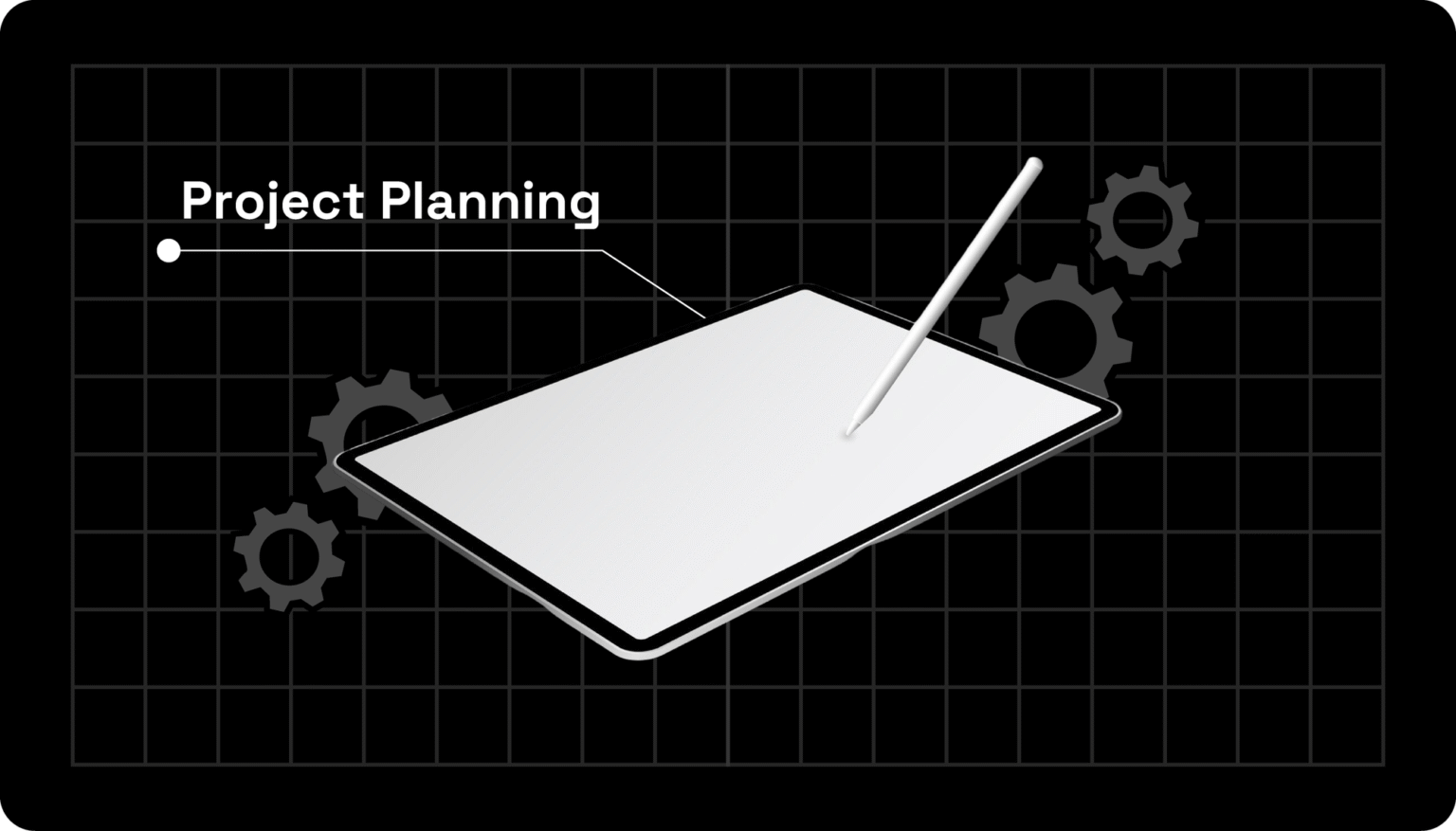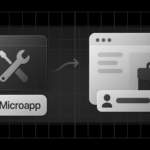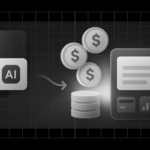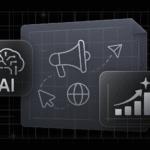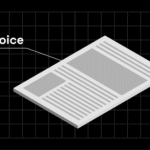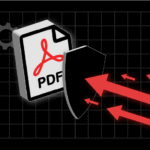Project planning helps keep your project on track and organized. A great project plan allows you to start your work with all the essential pieces in place, including your budget, goals, communication, and milestones. With a project plan, you can save a few headaches and time to make your project successful.
What is Project Planning?
The second stage of your project management process is planning, initiation, and execution. During the project planning stage, as a project manager, you create the project plan, also known as a work plan.
Project planning is a blueprint that outlines the objectives, goals, and tasks a team must accomplish to complete a project. Thus, project planning involves mapping out your project requirements. Your project plan should include information about the project schedule, due dates, scope, and deliverables for all project phases.
Still, not all project planning processes are equal, leading teams to skip over or underutilize them. So, to write a great project plan, you must follow some steps, be specific, and be clear when you present your ideas and execute your strategies.
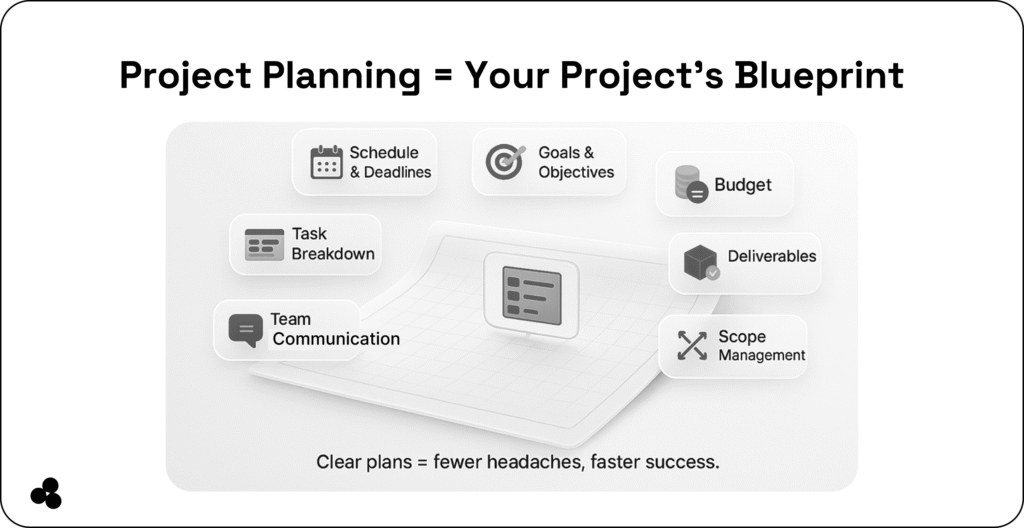
How a Project Plan Differs From Other Project Elements
|
Comparison |
Definition |
Key Difference |
|
Project Plan vs. Work Plan |
A list of big-picture action steps needed to achieve project objectives. |
They are the same thing; different teams may prefer one term. |
|
Project Plan vs. Project Charter |
A project charter outlines the project used to get stakeholder signoff before work begins. |
A project charter comes before the project plan and includes objectives, scope, and responsibilities at a high level. The project plan is more detailed. |
|
Project Plan vs. Project Scope |
The project scope defines the size and boundaries of the project. |
The project scope is a component of the project plan; it helps prevent scope creep by setting clear boundaries. |
|
Project Plan vs. Agile Project |
Agile project management is an iterative framework that promotes collaboration and adaptability. |
Agile projects can benefit from having a project plan before execution, but Agile focuses on iterative workflows rather than a fixed plan. |
|
Project Plan vs. Work Breakdown Structure (WBS) |
A WBS visually breaks deliverables into smaller tasks to aid execution. |
A project plan covers every aspect of the project, while a WBS focuses on deliverables and task breakdowns, often in visual formats like Gantt charts or Kanban boards. |
Why Project Plans Are Important
Take it from us: if you’re a startup, a project plan sets the stage for your entire project. Without one, you will miss essential steps in your project management process.
You should not launch your project without clearly defined goals and objectives, as this can lead to frustration and disorganization. A clear, written project plan can give stakeholders a baseline and hold everyone accountable.
With your plan, you confirm that you have the necessary resources for your project before it begins. With it, you can also forecast potential challenges and run with them while still in the project planning stage.
According to a study by the Project Management Institute, a correlation exists between effective project planning and project success. So, the better your plan, the better your outcome.
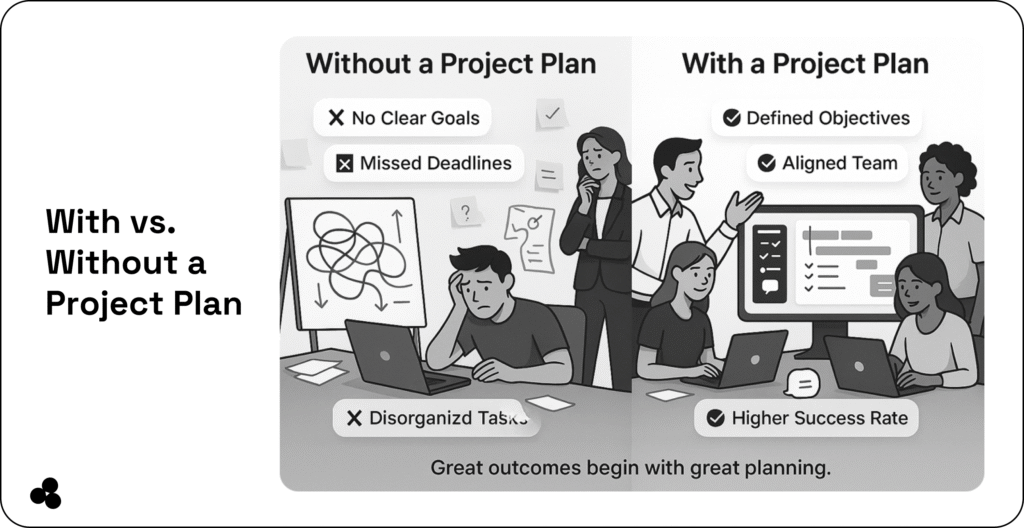
Segments of a Project Plan
When we first created our project plan, it felt overwhelming. We did not know where to begin, so we learned you need a solid project plan for these segments.
|
Project Plan Segment |
Description |
|
Goals and Project Objectives |
Define what the project aims to achieve. |
|
Success Metrics |
Establish how project success will be measured. |
|
Stakeholders and Roles |
Identify key stakeholders and their responsibilities. |
|
Scope, Budget, and Resource Allocation |
Outline the project scope, budget constraints, and resource distribution. |
|
Milestones, Deliverables, and Project Dependencies |
Highlight major milestones, key deliverables, and task dependencies. |
|
Timeline and Schedule |
Create a structured timeline for project tasks and deadlines. |
|
Communication Plan |
Define how project updates and progress will be communicated. |
7 Tips For Creating a Project Plan
Okay, now that we have covered project planning, how do you implement it? Taking a few simple steps will help you organize your chaos and stay on schedule, ensuring everyone is on the same page.
1. You Must Specify Your Goals and Objectives
You are working on this plan for a good reason: to get your team and company on schedule to reach the end goal. Therefore, you must implement a plan to measure your success.
Hence, you need a clear outcome, and identifying your goals helps motivate your project plan. Furthermore, it will keep everyone on the same page, allowing them to focus on the results and how you want them achieved.
Defining your goals in your work plan connects the team’s work directly to your project objectives in real-time. Yet, there is a difference between your project goals and objectives.
Here’s a table comparing project goals and project objectives in my own words:
|
Aspect |
Project Goals |
Project Objectives |
|
Definition |
Broad, high-level outcomes that define the purpose of the project. |
Specific, measurable actions that lead to achieving the project goals. |
|
Focus |
Aligns with overall business objectives and long-term impact. |
Concentrates on tangible deliverables and short-term success. |
|
Nature |
Strategic and directional, it acts as a guiding principle. |
Tactical and action-oriented; outlines precise steps. |
|
Measurement |
Measured through overarching success indicators (SMART goals). |
Measured through task completion and deliverable achievement. |
|
Role in Planning |
Provides a clear vision and direction for the project. |
Break down the vision into concrete milestones and tasks. |
|
Connection |
Goals serve as the “North Star” for the project. |
Objectives: create a structured workflow to reach those goals. |
2. Set Your Success Metrics
Great! Now that you have defined your goals, you must ensure they are measurable by setting key success metrics. The best way to achieve this is to set SMART (specific, measurable, achievable, relevant, and time-bound) goals.
This will enable you to review our project results and assess whether you have met expectations. For instance, you could host a two-day seminar for SEO professionals on July 22nd. Your success metric will be having at least 1,000 people attend.
The goal is clear and measurable. As you work on your project plan, you can incorporate your risk assessment strategies to help identify and work on potential challenges impacting your success metrics.
3. Define Your Stakeholders and Roles
Collaborators must be involved in running a project. During the project planning phase, outline the team members and their roles. This will help you determine who will work on each task and inform stakeholders about their level of involvement.
Ensure that the stakeholders’ roles and responsibilities are defined. For instance, who will be responsible for your project’s success, how your team is structured, and more?
Once you outline the roles and your stakeholders, include them in your documentation.
4. Set Up Your Budget
Yes, ask us; running a project costs money. Whether you hire a catering company, freelancers, or an event planner, it all comes down to spending money.
The best way to set a budget is to use the information on the goals you defined, the team, and the stakeholders. For instance, if your project is cross-functional and involves many departments, will your departments split the costs?
Your budget will support your project if you have a specific goal metric, such as the number of new users or event attendees.
Knowing your budget during the planning phase can help you get approval, make intelligent economic decisions, and track your progress during the implementation phase.
5. Align Your Project Deliverables, Milestones, And Dependencies
Another essential thing is to set milestones representing your achievements. You do not need a start or end date, but hitting one mark during the project is an accomplishment. You use milestones to measure your progress.
For instance, you are developing something new for the company. Setting a milestone on the project timeline for the prototype’s completion helps you measure your progress.
Once you complete the milestone, you produce your project deliverables.
6. Outline The Timeline and Your Schedule
As you are aware, clarity on the timeline and schedule is essential to achieving your project’s goals. Aligning the time frame helps you prioritize it during your strategic planning sessions. However, not all projects will have a clear timeline.
If you are unsure about dates, create a project roadmap with a project timeline to clarify the operational order of different tasks without giving an exact date. You can cover the high-level responsibilities first and focus on the details later.
You can set up tasks to ensure no process is skipped. You can also break your more significant tasks into subtasks to make them more manageable. Then, tackle each task and its subtasks, assigning them a start and end date.
7. Time To Share Your Plan
In most projects, there are numerous stakeholders, and communication styles will vary accordingly. You can set your expectations up front for your project plan.
You must have a communication plan to ensure everyone understands what is happening and how things progress.
We found that while setting up our communication plan, it helped to ask ourselves the following:
- How many project meetings will we have, and what are the goals?
- How will we manage our project status updates, and where will we share them?
- What tools will we use to manage our project and communicate our progress and updates?
Also, ensure that everyone in the project can access it easily.
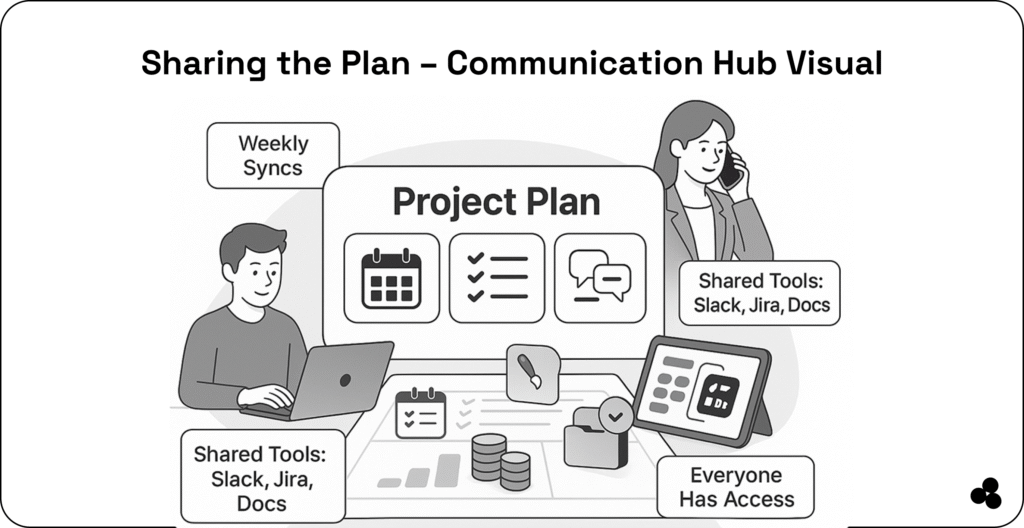
Using Project Planning Software
When planning a project, you can use software to achieve this, but you can find many platforms, so choosing the right one is essential. We recommend you do the following:
- Choose software that is easy for your team to use.
- Also, ensure that the project planning software can handle your task breakdown, progress tracking, and scheduling.
- Look for one offering real-time updates with communication features to keep your team synced.
- Choose one that seamlessly integrates with your Slack, Google, or Microsoft Teams platform.
Alternatively, you can use our DevBlueprint AI tool to help streamline your project planning process. Check it out here.
Best Practices For Project Planning
When you do project planning, consider the following fundamentals:
|
Best Practice |
Description |
|
Define Clear Goals and Objectives |
Set clear project goals to ensure alignment on success criteria and direction. |
|
Break Work into Manageable Tasks |
To improve organization, use a work breakdown structure (WBS) to divide the project into tasks, milestones, and dependencies. |
|
Set Realistic Timelines |
Ensure deadlines are achievable by considering task dependencies and potential challenges to prevent delays. |
|
Maintain Open Communication |
Regularly update stakeholders and team members to prevent misunderstandings, manage expectations, and maintain accountability. |
|
Monitor Progress and Adapt |
Track project status, assess outcomes, and adjust the plan to address unexpected challenges and stay on course. |
Wrap-Up: Start Planning Your Project Like a Pro Today
Project planning is the foundation of successful project management. By defining clear goals, setting realistic timelines, and maintaining open communication, you can keep your tasks organized and on track.
A solid plan minimizes risks and boosts efficiency, helping your team stay aligned from start to finish.
Whether launching a new initiative or refining your workflow, following best practices and leveraging the right tools, like DevBlueprint AI, can make all the difference.
Are you ready to advance your project planning? Implement these strategies today to set your team up for success.
